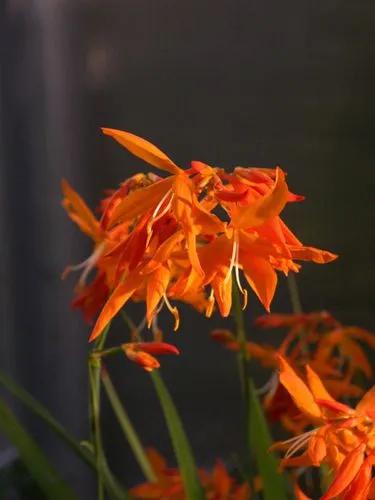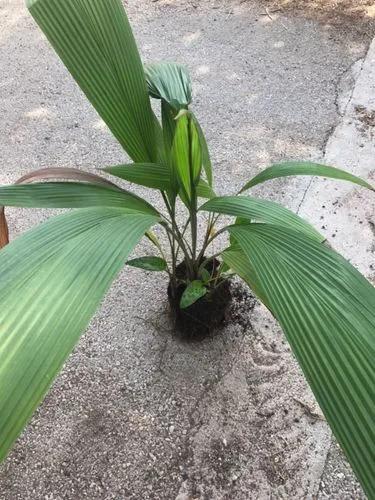Lupinus polyphyllus is a species of lupine native to western North America. It commonly grows along streams and creeks, preferring moist habitats. Lupines are an ideal flower for beginners, requiring less than an hour of care per growing month.
Washington lupin Care
Lupinus polyphyllus



Lupine telltale look is a tall, showy spire of flowers that can come in a multitude of color varieties with impressive grayish-green textured foliage. People once believed that lupine flowers soaked up all of the nutrients from the soil, leading to its common name, derived from the Latin word for wolf. However, Lupinus plants are members of the pea family, Fabaceae, and like peas, the plants are capable of fixing nitrogen in the soil. If the growing conditions are right, lupine flowers are equally at home in the garden or on the side of the road. Lupines bloom over a two-month period, which can range from May to July, depending on the variety and the growing zone.
How to Care for the Plant

Water

While lupines don't like soggy soil, which can cause root rot, they prefer regular waterings. water at least weekly if you haven't gotten rainfall to prevent the soil from drying out.

Pruning

Remove any dying or yellowing leaves for aesthetic reasons.

Fertilizer

An organic, balanced, liquid fertilizer once a month during growth period is recommended.

Sunlight

Part-shade/Semi-shade location.

Soil

They need well-drained, moisture-retentive soil, so add lots of organic matter when planting. In heavy clay soils, plant the bulbs on a layer of coarse sand or gravel to improve drainage.

Temperature

These are very hardy plants, surviving extreme temperatures withstanding frost to at least -25°C (-13°F).

Container

Ceramic pots are the most popular type of containers for houseplants today. You'll find them in all kinds of styles, colors, and sizes. At one time, the clay pot was the most common container for indoor plants. When choosing a pot, choose a pot that is 2.5-5 cm (1-2”) larger than the current size.

Popularity

3,629 people already have this plant 525 people have added this plant to their wishlists
Discover more plants with the list below
Popular articles






